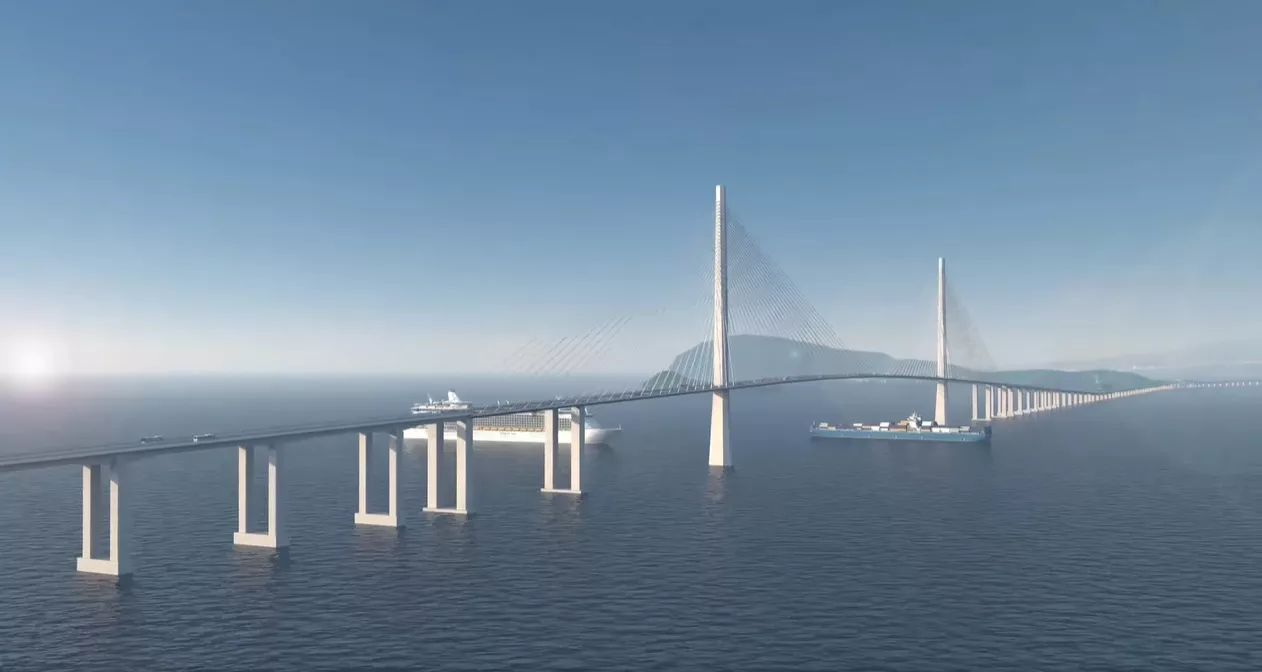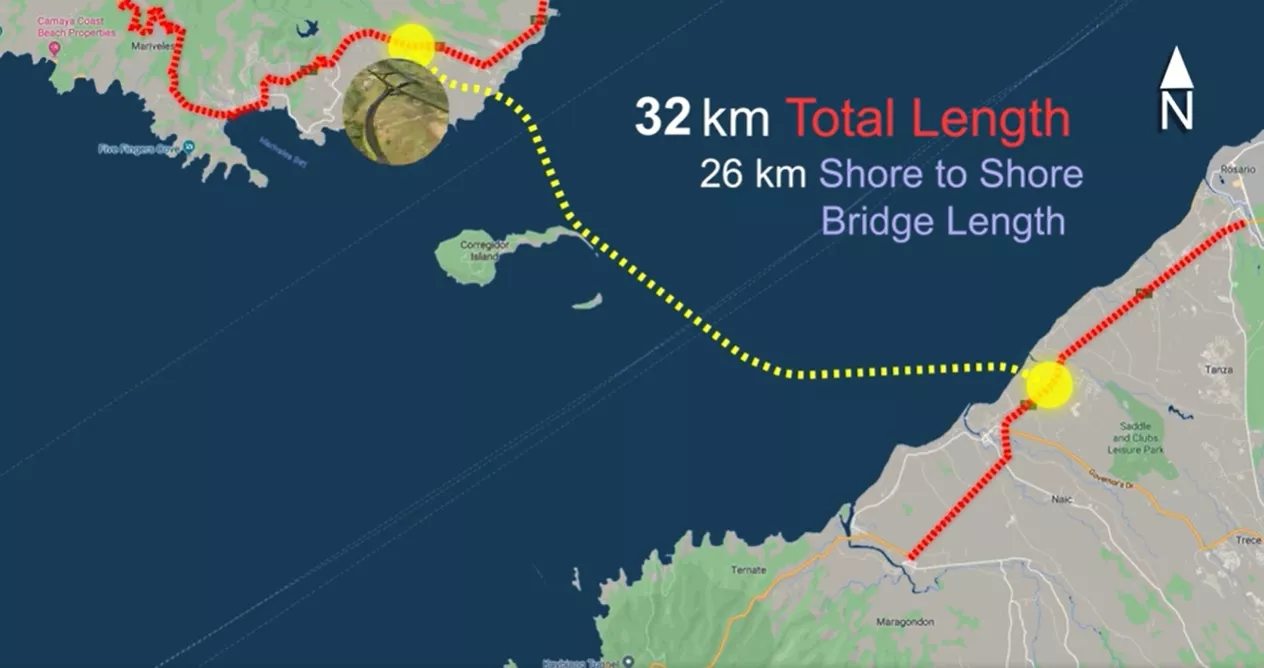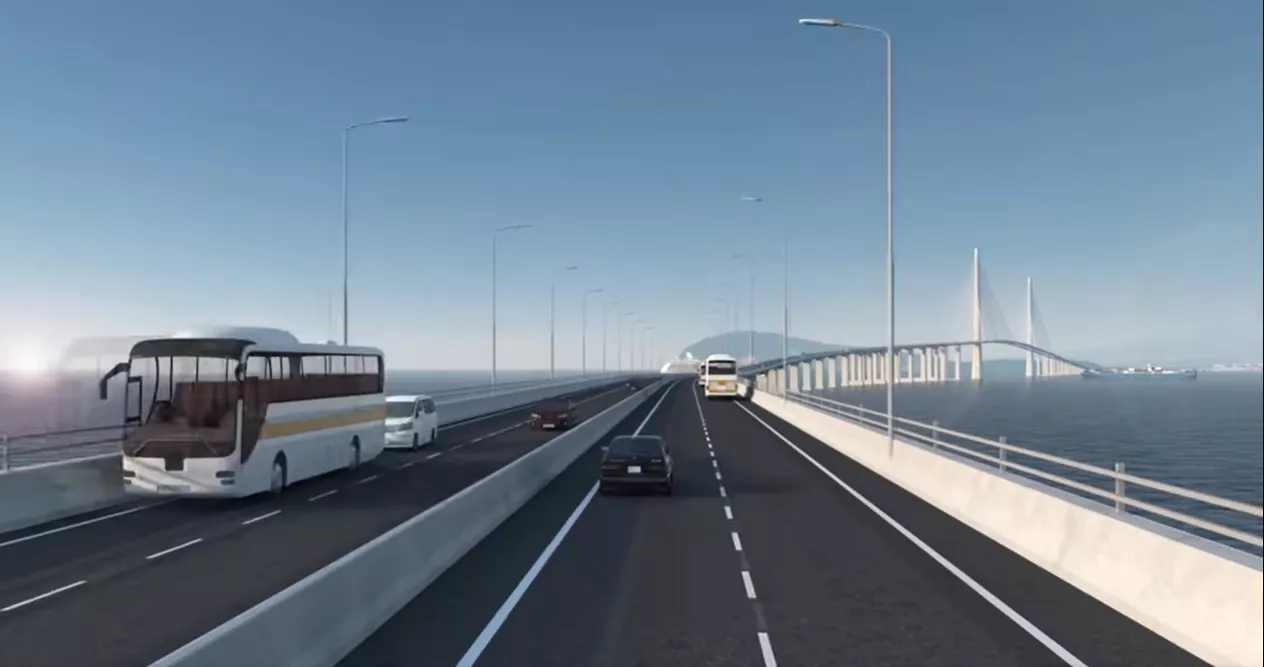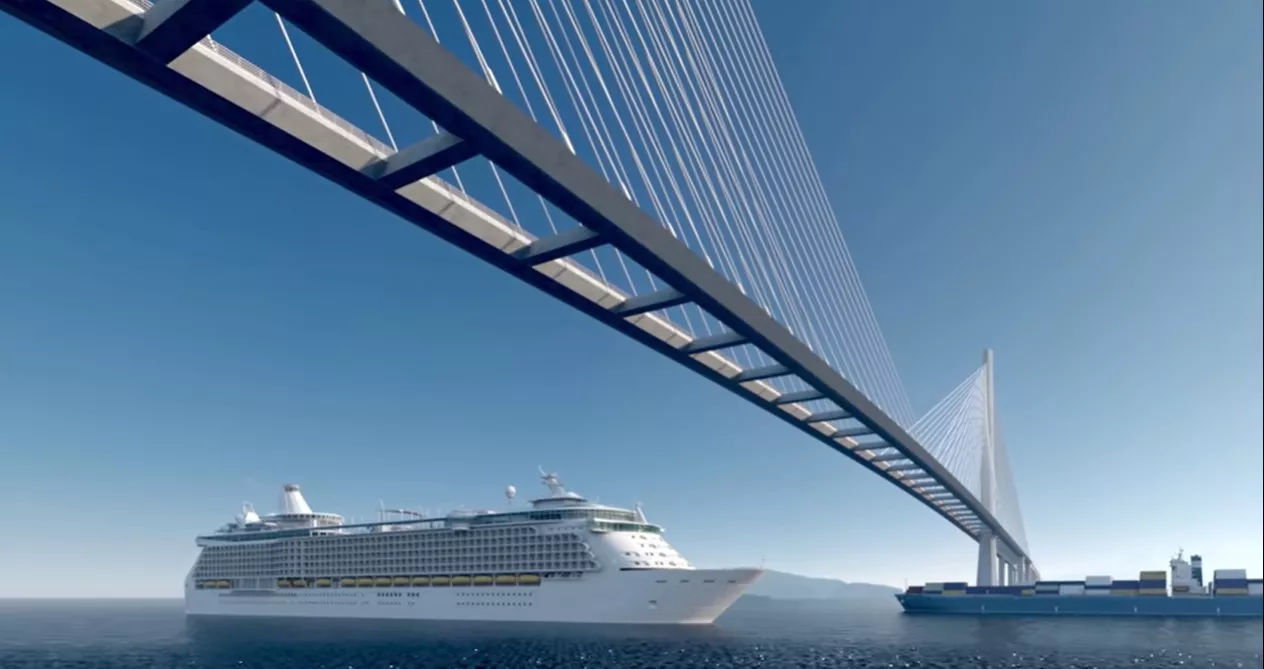If you’re still frustrated with traffic that has been plaguing Metro Manila and nearby provinces for decades, you’re not alone. Apart from inconveniencing practically everyone on the road, these horrendous gridlocks are taking their economic toll on the country’s coffers, at the rate of Php 3.5 billion a day.

The proposed Bataan-Cavite Interlink Bridge is now at the engineering design stage
Of all the measures being undertaken to ease everyone’s burden, the Department of Public Works and Highways (DPWH) may have the most ambitious one yet. The agency has just concluded its feasibility study of the planned Bataan-Cavite Interlink Bridge, a Php 175.7 billion project which will connect the two provinces together to reduce travel time and decongest the metropolis.

The project will traverse the breadth of Manila Bay and could also connect to Corregidor Island
A detailed engineering design of the infrastructure is already underway which, according to DPWH Secretary Mark Villar, will take 15 months to complete. This is in preparation for the actual construction of the project, which is expected to take at least six years. Once completed, motorists who usually take around five hours traveling between the two provinces can expect to reach their destinations in just 40 minutes.
>>> Related: DPWH set to hire 1,500 workers to fast track NLEX-SLEX connector

Travel time will be cut down from the present five hours to just 40 minutes
The four-lane, cable-stayed bridge will span 32.15 kilometers across Manila Bay, starting from Barangay Alas-asin in Mariveles, Bataan, ending at Barangay Timalan in Naic, Cavite. The Asian Development Bank (ADB) is already preparing to help finance the project, which will commence in 2022. The bridge will feature a turn-around facility resembling an elevated roundabout, with a potential connection to Corregidor Island to promote tourism.

The project is expected to take at least six years to complete
>>> Related: Take a look at the gorgeous, newly-opened Sorsogon Coastal Road
Felicito Payumo, former chair of the Subic Bay Metropolitan Authority (SBMA), first broached the idea of the mega bridge back in 1987 when he was serving his first term as Bataan representative.
He said that he took inspiration from the Tokyo Aqua-Line project, also known as the Trans-Tokyo Bay Expressway in Japan. The original proposal tendered by two Japanese firms for the Bataan-Cavite Interlink Bridge included an underwater tunnel.
Bridge the gap in your knowledge of current traffic updates with Philkotse.com.
Recent posts
- 24-hour RFID installation sites Sep 27, 2021
- smooth traffic on SMC cashless tollways Dec 11, 2020
- RFID Installation FAQs Dec 11, 2020
- RFID stickers installation beyond December 1 Dec 11, 2020
- A primer to traffic congestion in the Philippines Oct 14, 2020












